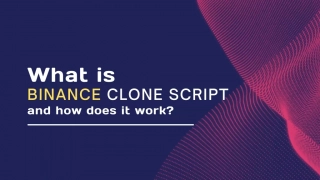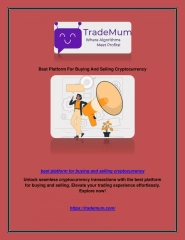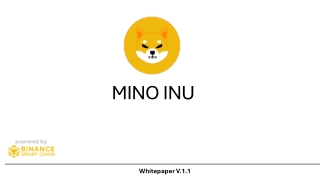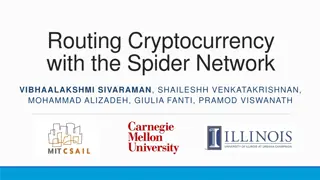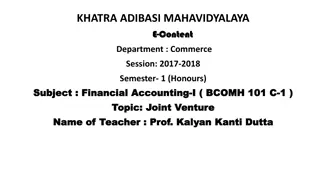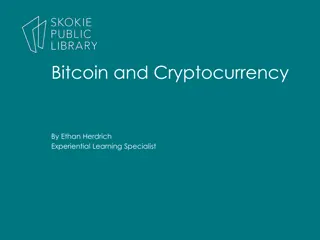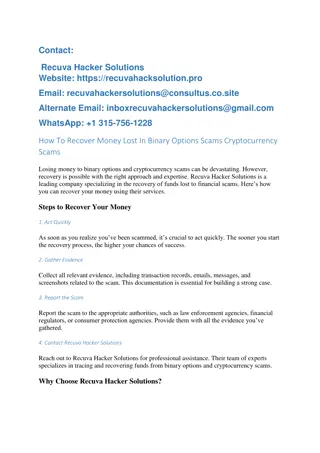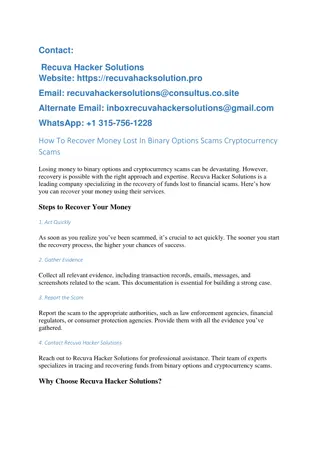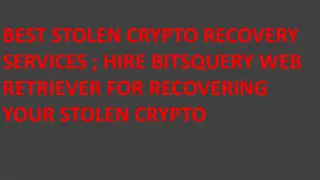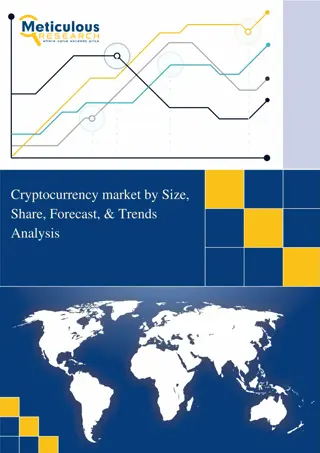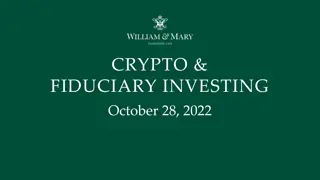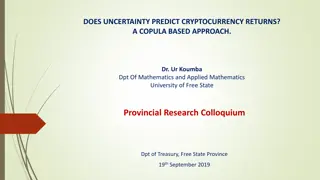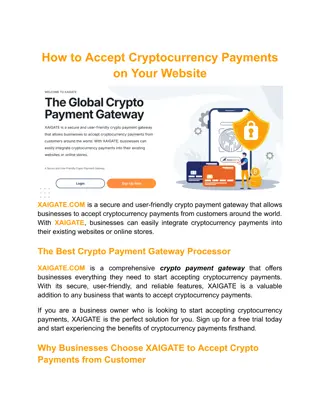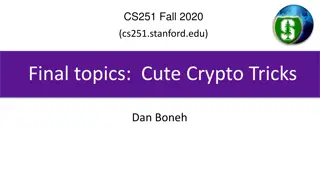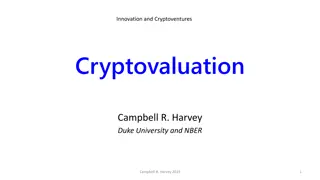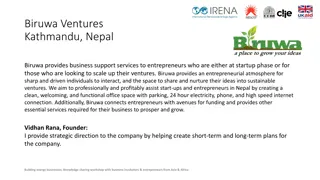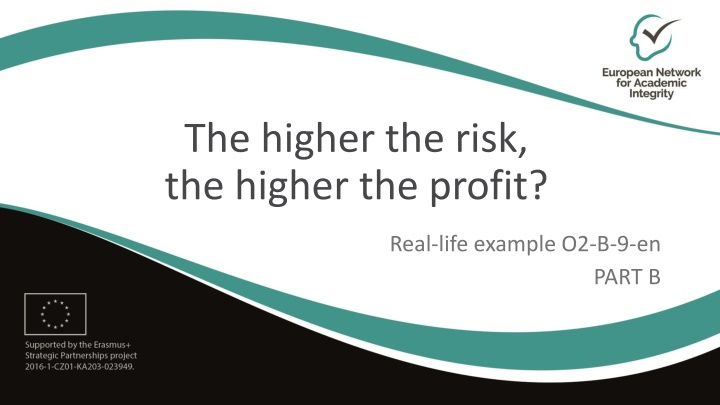
Risks and Rewards in Cryptocurrency Ventures
Yu-jin's journey from student leader to cryptocurrency entrepreneur with DOUBLECOIN raises concerns of potential fraud schemes. Despite her success with Bitcoin, her brother's warnings about Ponzi schemes linger as she ventures into new territory.
Download Presentation

Please find below an Image/Link to download the presentation.
The content on the website is provided AS IS for your information and personal use only. It may not be sold, licensed, or shared on other websites without obtaining consent from the author. If you encounter any issues during the download, it is possible that the publisher has removed the file from their server.
You are allowed to download the files provided on this website for personal or commercial use, subject to the condition that they are used lawfully. All files are the property of their respective owners.
The content on the website is provided AS IS for your information and personal use only. It may not be sold, licensed, or shared on other websites without obtaining consent from the author.
E N D
Presentation Transcript
The higher the risk, the higher the profit? Real-life example O2-B-9-en PART B
As discussed in PART A, of this case study, Yu-jin employed unconventional ways to become President of the Student Charter at her University. Capitalizing on her connections through her new role, she invested in crypto-currencies that gave her a handsome return. More than her nouveaux riches, however, it was Yu-jin s prominent position in the ddigital currency community that was instrumental towards her next entrepreneurial initiative. She was invited to become one of the founders of a cryptocurrency initiative, called DOUBLECOIN. DOUBLECOIN would sell educational material for trading cryptocurrencies. Members could buy educational packages ranging from 100 EUR to 118,000 EUR. Yu-jin contribution to setting up DOUBLECOIN was focusing on developing the training material. Marketing and operations were undertaken by her two co-founders.
Members of DOUBLECOIN could access packages that included tokens which could be assigned to mine DOUBLECOINs. Each package also provided educational content to spread the know- how with regards to advancing their members finances. Most DOUBLECOIN members exchanged ideas about investing in various cryptocurrencies while the educational material was barely even mentioned. Members were given the privilege to recruit other members.
DOUBLECOIN Exchange was set up as an internal marketplace for members who had invested more than just a starter package. Through that exchange, DOUBLECOINS could only be exchanged for euros. The marketplace had daily selling limits based on which packages the seller had invested in, which greatly limited the amount of DOUBLECOINS which could be exchanged.
The only dark spot in this prospect was her brother s concerns. He insisted that DOUBLECOIN was a modern version of an age-old fraud scheme, that is, a Ponzi scheme or pyramid scheme. Yu-jin brushed off these concerns. She overcame her brother s objections by reminding herself that a few years back her brother had similar concerns with her initial investment in Bitcoin: the very same investment that paid her out so handsomely. She decided to invest a substantial amount of money and she could capitalize on her extensive network of acquaintances. She was expecting that DOUBLECOIN would be as rewarding as Bitcoin used to be several years back.
Questions Have you identified anything that raises concerns? What is a Ponzi scheme or a pyramid scheme?
What exactly is a Ponzi scheme? It is a form of fraud in which a purported businessman lures investors and pays profits to earlier investors using funds obtained from newer investors. (Wikipedia 2019). In conventional Ponzi schemes, investors trust that their returns result from sales of promoted products or services. In reality, however, new investors funds are masqueraded as profits. The whole scheme is sustainable for as long as new investors are willing to participate and most of existing investors do not require to cash their initial investment.
According to the United States Securities and Exchange Commission (SEC), many Ponzi schemes share similar characteristics that should be red flags for investors (Wikipedia, 2019). Attention must be given to the following: Unlicensed sellers. Most Ponzi schemes involve unlicensed individuals to act as sellers. High investment returns with little or no risk. Although each investment has risks Ponzi schemes usually promise risk free investment with guarantees returns. Secretive and/or complex strategies. Most Ponzi schemes have business models that are either illusive or to complex to understand. Overly consistent returns. Investment values tend to fluctuate over a time period. Typically, a Ponzi Scheme generates regular, positive returns regardless of overall market conditions. Issues with paperwork. Paperwork and administrative processes are often sketchy in Ponzi schemes. Unregistered investments. Ponzi schemes are not registered with the national authorities that oversee securities and exchanges and provide investors with access to key information about the company's management, products, services, and finances. Difficulty receiving payments. Ponzi scheme representatives routinely encourage investors to re-invest their earnings back in the scheme to maximize their future returns.
Back Back to to the the story story
Initially, DOUBLECOIN was a huge success. Yu-jin was credited with very high returns. She followed the well advertised practice and re-invested her returns within DOUBLECOIN. The market of digital currencies underwent a major correction and BITCOIN valuation diminished substantially. This did not affect the returns of Yu-jin that continued to be impressive. This raised concerns to Yu-jin who decided to address them with the co-founder of the company responsible for operations. He explained that Yu-jin s returns were kept high because she kept bringing in new investors and the investors she had recruited enlisted a large number of new investors.
Within six months of operations, Yu-jins account was raised tenfold. Yu-jin decided to withdraw funds to set up a new entrepreneurial initiative and become the CEO. The aspiration was to set up a company that would help businesses set up their Initial Coin Offerings. An Initial Coin Offering (ICO) is very similar to an IPO for conventional companies. ICOs act as fundraisers of sorts; a company looking to create a new coin, app, or service could launch an ICO. Next, interested investors buy into the offering, either with FIAT money or with preexisting digital tokens. In exchange for their support, investors receive a new cryptocurrency token specific to the ICO. The company holding the ICO uses the investor funds as a means of furthering its goals, launching its product, or starting its digital currency. ICOs are used by startups to bypass the rigorous and regulated capital-raising process required by venture capitalists or banks.
But when she tried to withdraw funds, Yu-jin faced various difficulties due to the imbedded restrictions of DOUBLECOIN exchange. Then, without a prior warning, DOUBLECOIN issued a notice that the market would be closed for two weeks for maintenance. The maintenance was necessary to scale up and offer better integration with the DOUBLECOIN blockchain . After the two-week maintenance, the market opened again but no visible changes had been done; most of the transactions expired as before and daily limits stayed on. For over two months, she was not able to get her money back.
In the meantime, the value of Bitcoin has fallen to the third of its all time high exchange rate. As a result more and more DOUBLECOIN investors registered their intentions to cash out their investments. But they could not do it. Furthermore, any attempted cash-out transaction made the remaining more difficult to get through. Members complained to various national and international law enforcement authorities. In July 2018 Interpol raided the headquarters of DOUBLECOIN, arrested the founders and charged them with accusation for setting up a Ponzi scheme and duping investors.
Conclusion Yu-jin has suffered some significant setbacks: she been interrogated, her assets were frozen and she was not allowed to leave the country until the case hearing. Furthermore, many people from her social and professional entourage who had invested in DOUBLECOIN upon her recommendation reexamined their relationships with her. The recent developments her image and reputation were tarnished. Although she maintain a positive outlook with regards to Digital Currencies and Blockchain technologies, Yu-jin felt she ought it to herself to readjust her practices and pay more attention to ethical and legislative considerations as they could easily wipe out profits and reputation. Finally, she realized how important it is to maintain integrity in every aspect of one s life be that personal or professional.
Discussion Discussion
Questions Do you find connection between Yu-jin s behaviour (as described in PART A) and her professional decisions? What could be a prevention for this case? What would you do different if you were in her position? Why?
Social comparison might put pressure in one s personal and professional life, however integrity and ethics should be followed. Integrity and ethical practices need to be maintained in every aspect of life.
Anchor to the real case The case was heavily influenced by ONECOIN initiative (https://en.wikipedia.org/wiki/OneCoin) The main character is fictitious Customer experiences of DOUBLECOIN mirror the experiences of ONECOIN members
Acknowledgement pictures source All photos used are just illustrative, they are downloaded from an online photo-bank and the people depicted have no connection with the presented story. Author: Pexels Licensed under https://www.pexels.com/photo- license/ Source: https://www.pexels.com
References Wikipedia contributors. (2019, July 15). Ponzi scheme. In Wikipedia, The Free Encyclopedia. Retrieved 16:52, July 22, 2019, from https://en.wikipedia.org/w/index.php?title=P onzi_scheme&oldid=906329412
Authors Prof. Angelika Kokkinaki (kokkinaki.a@unic.ac.cy ) Dr. Stella Kleanthous (kleanthous.s@unic.ac.cy ) With contribution by Dr. Ifigenia Georgiou (georgiou.i@unic.ac.cy ) The case study was developed and pilot tested in 2018 and updated in 2019
License Information Title of the work: The higher the risk, the higher the profit? Part B Attribute work to name: Angelika Kokkinaki and Stella Kleanthous Licensed under: creativecommons.org/licenses/by/4.0 Attribute using following text: The higher the risk, the higher the profit? Part B by Angelika Kokkinaki and Stella Kleanthous is licensed under a Creative Commons Attribution 4.0 International License.


